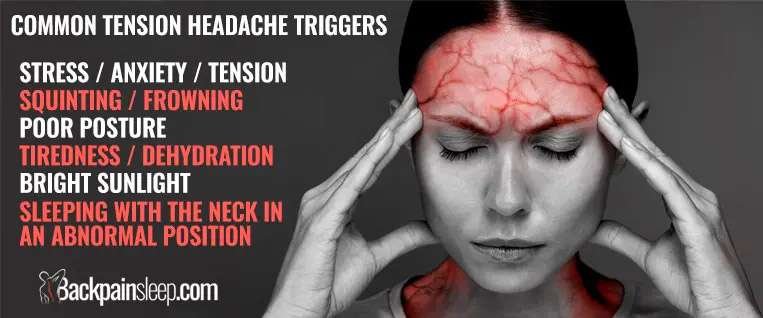Your phone may be seriously damaging your health.
Text neck symptoms: If you’re increasingly experiencing throbbing headaches, neck pain, pain at the base of the skull and behind one eye with an incredibly tender scalp, your smartphone could very well be to blame. These are classic text neck symptoms that slowly creep up on us over time and that, if left untreated, can sometimes lead to a horrible condition called Occipital Neuralgia. Luckily, if you act now and make some simple changes, you can find significant relief from these symptoms and likely prevent them in the first place.
How are text neck symptoms caused by your phone?
We experience text neck symptoms when we use laptops, tablets, or smartphones in a way that strains and pulls muscles, putting pressure on nerves. “Text neck” is a term used for people holding prolonged awkward postures – they get neck pain, shoulder pain, arm pain, and throbbing headaches, referred to as cervicogenic headaches, headaches caused by neck tension. With over 48% of the world’s population now owning a smartphone, millions of people are suffering needlessly simply because they’re using their devices, hour after hour, without taking a break or thinking about their posture. Text neck symptoms are surging on a global level, some are calling it an epidemic.
Jutting our heads forward over our devices creates intense pressure on the back of our necks. It can become excruciating, and in some cases, a condition called Occipital Neuralgia develops, which can often be confused with headaches or migraines. If you’ve never heard of Occipital Neuralgia, take a quick look here to understand and be aware of the symptoms.
I have text neck symptoms, what can I do?
If you’re suffering from the above, you need to take action NOW. The single most important thing you can do is adjust your posture when using your devices; it will not improve otherwise. Sit upright, don’t let your head jut forward, be mindful of how you’re looking… and how long you’re looking at your devices. Take regular timeouts, or quite simply… put your phone down. It is genuinely that simple.
What can I do at home to help text neck symptoms?
- Be mindful of your posture.
- Simple stretches
- Self-massage, self-massage, self-massage.
- Change your pillow. CHANGE. YOUR. PILLOW.

Posture. Text neck symptoms respond very well to posture correction, and it’s something you can act upon right now. Humans are odd creatures as we instinctively know our poor posture is to blame, but we never really do anything about it. If you’re suffering from text neck symptoms, please change your posture habits, or your pain will only worsen and become chronic. It’s free and the most effortless change to implement and will have an immediate impact.
Self-massage. We cannot stress how vital self-massage is for relieving text neck symptoms. We are big advocates of self-massage and do so every day. You can read about self-massage and its multiple benefits here and take a look at some inexpensive massagers here on the store page. The same relief principles we use for occipital neuralgia also apply to relieving text neck symptoms, and text neck massage is one of them.
Change your pillow. Ahhh… this is our biggest mantra. Imagine yourself standing alone on a stage in a huge stadium, packed with thousands of people chanting directly at you, “Change your pillow! Change your pillow!“. That kind of sums up how important we think it is that you change your pillow if you’re suffering from text neck, tension headaches, or a variety of other neck tension-related disorders. Please read this article about our recommended pillow for occipital neuralgia; it also applies to text neck symptoms.
Conclusion
Prevention is always king, don’t stoop or jut your head over your devices. Don’t stay in the same posture for too long… create a reminder that prompts you to check your posture. Performing simple chin-tucks is one of the easiest ways to prevent pain. Using your smartphone or laptop shouldn’t be a pain in the neck; if it is… you now know what to do.
It’s important to point out that painful conditions brought on by using your devices are not fatal.




